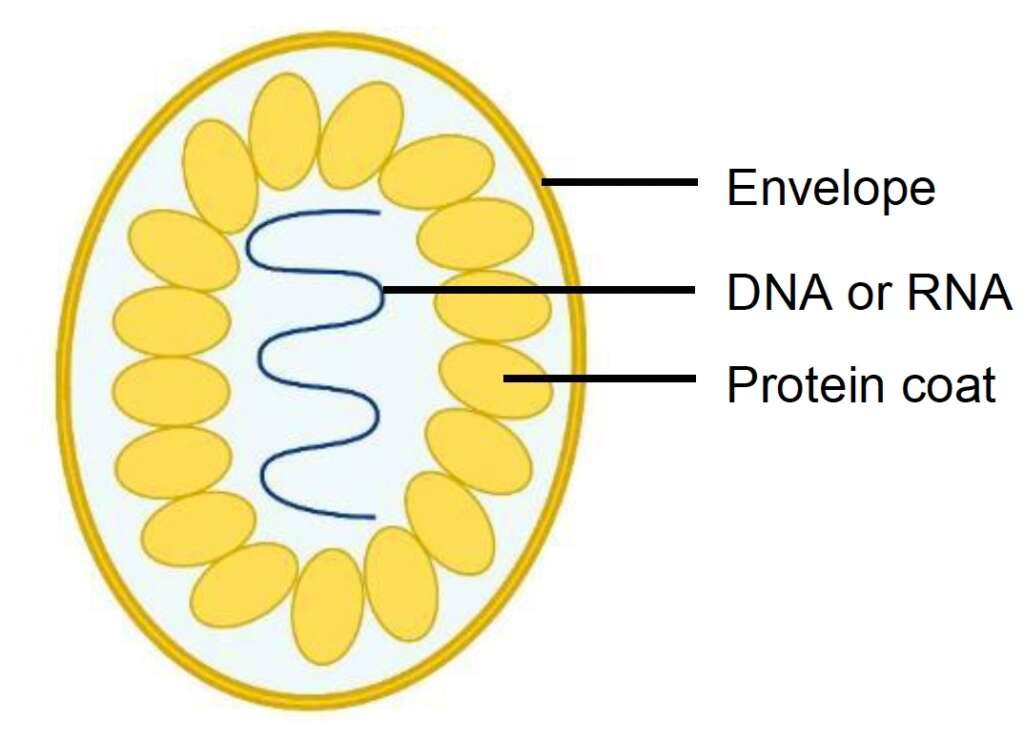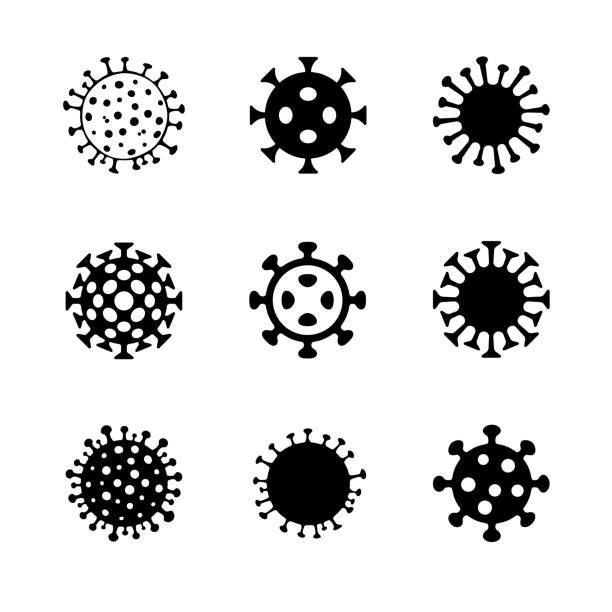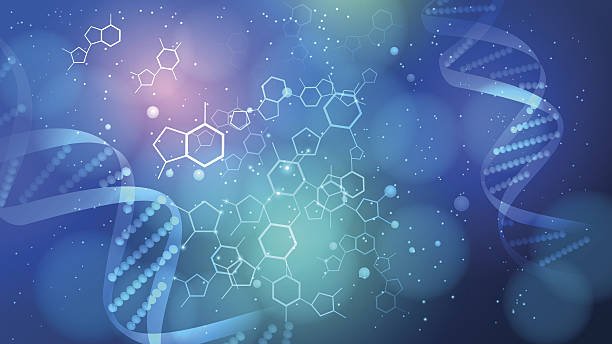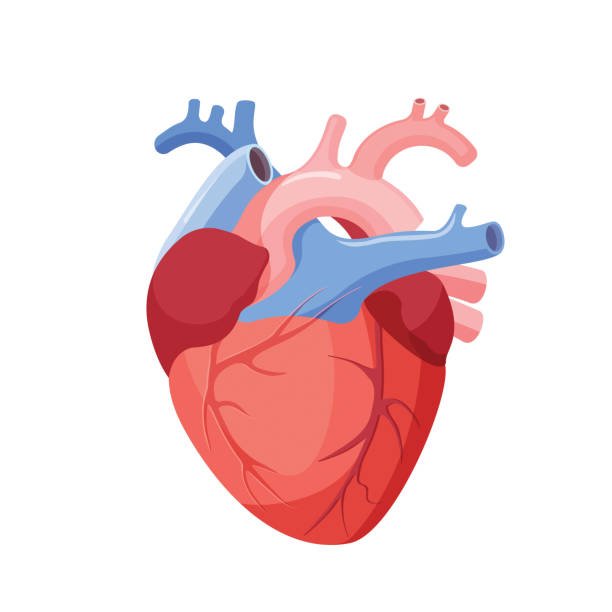List of Viruses’ non-living Characteristics: In the Life Sciences or Biological world, viruses are regarded as non-living. This means, based on they characteristics, they don’t qualify to be categorised with living organisms.On this page we explore those characteristics that make viruses non-living organisms.
Viruses are not made out of cells, they can’t keep themselves in a stable state, they don’t grow, and they can’t make their own energy. Even though they definitely replicate and adapt to their environment, viruses are more like androids than real living organisms.
Khan Academy
Video: Virus – Living or Non-living
List of Viruses’ non-living Characteristics
Viruses are considered to be non living, because of the following characteristics:
- Viruses don’t have protoplast
- Viruses do not have chlorophyll and are therefore unable to make their own food by photosynthesis.
- All viruses are obligate internal parasites. This means that they cannot multiply without infecting another living organism or host.
- Viruses can be crystalised
- Viruses can’t live independently of a living cell
- Viruses don’t have any respiration process: cannot respire, feed or excrete waste,
- Viruses lack energy storage system
- Viruses cant grow and devide
Structure of a typical virus







